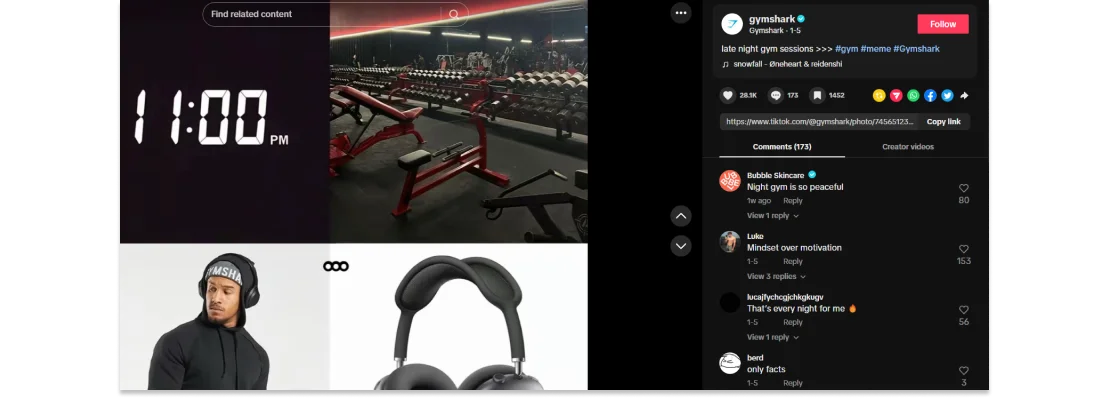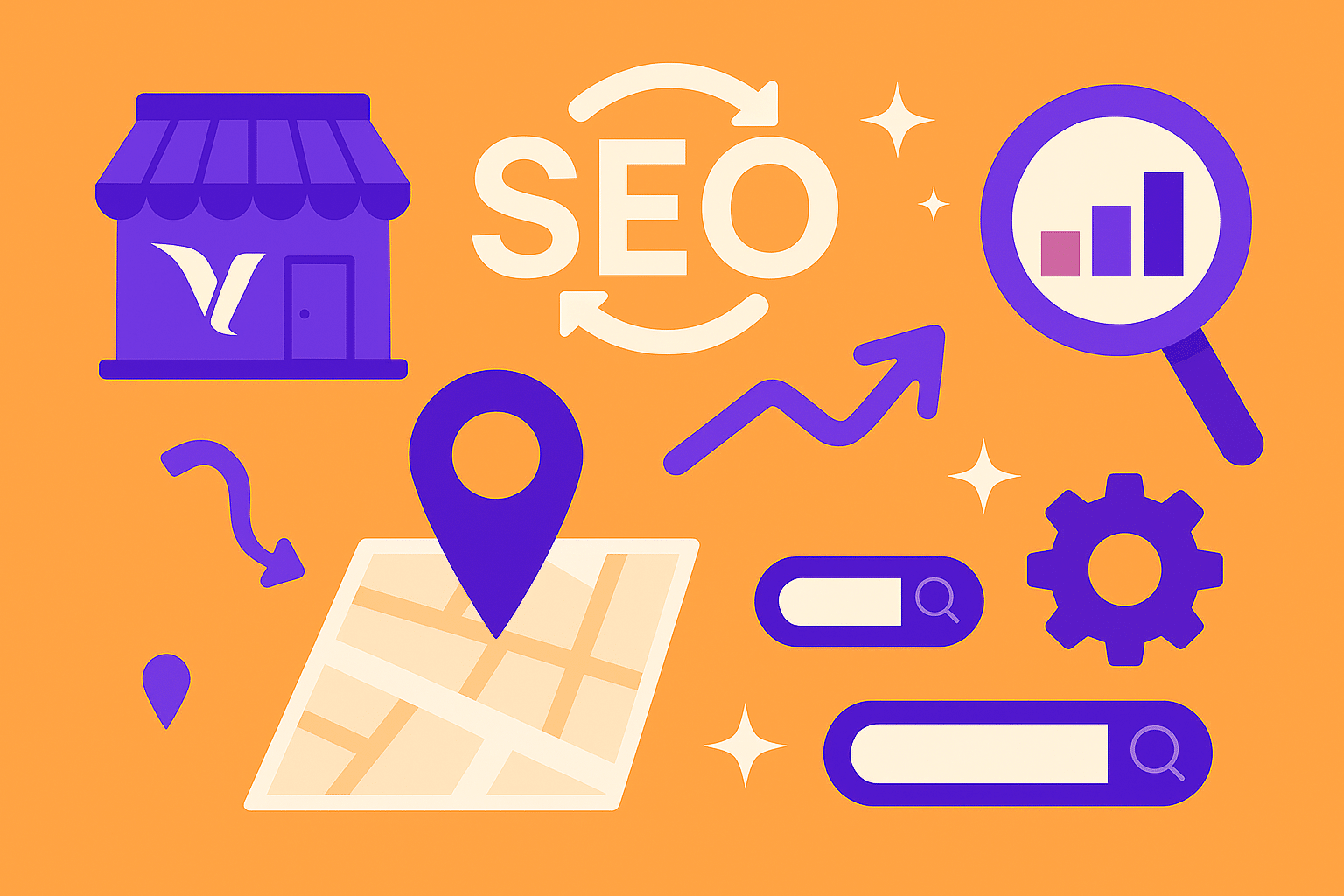Social media marketing has become the driving force behind how modern businesses connect with customers, build brand loyalty, and increase sales. In 2025, mastering this digital space isn’t just optional—it’s essential for growth. Platforms like TikTok, Instagram, and Facebook dominate the online landscape, shaping how eCommerce brands engage and convert their audiences.
This guide explores how social media marketing can elevate your eCommerce business in 2025. You’ll learn the latest trends, proven strategies, and real-world examples to help your brand stand out, attract loyal followers, and drive consistent revenue.
The Role of Social Media Marketing in 2025
Boosting Brand Visibility
In a crowded digital marketplace, brand visibility is everything. Social media platforms give businesses a chance to showcase products, connect with potential buyers, and maintain a recognizable online presence. With billions of users active daily, brands can achieve exposure that traditional advertising can’t match.
Platforms like Instagram and TikTok allow small brands to reach massive audiences through creative content, viral videos, and trend participation. Staying consistent keeps your brand top-of-mind—and that consistency translates directly into trust and conversions.
Creating Trust Through Authenticity

What makes social media marketing so powerful is its ability to humanize your brand. Responding to comments, sharing behind-the-scenes stories, and showing real people behind the products build customer trust and loyalty. Transparency breeds authenticity—and authenticity drives sales in eCommerce more than polished ads ever could.
Adapting in Real Time
Trends move fast on social media. From viral TikTok sounds to trending memes, brands that adapt quickly can capture attention and boost engagement instantly. This real-time flexibility makes social media an invaluable tool for staying ahead in the fast-changing eCommerce industry.
Key Trends Defining Social Media Marketing in 2025
Short-Form Video Takes the Lead
Short-form video dominates every major platform. TikTok, Instagram Reels, and YouTube Shorts are where attention spans live—and where conversions happen. These quick, creative clips help brands educate, entertain, and inspire while boosting user engagement.
Take Gymshark, for example. Their short-form fitness content regularly goes viral by tapping into humor, authenticity, and community-driven challenges.
AI Integration for Smarter Marketing
Artificial intelligence is reshaping how brands create and distribute content. Tools like ChatGPT and Canva streamline creative production, while analytics platforms like Google Analytics and Sprout Social help brands track engagement in real time. AI-driven targeting ensures your message reaches the right audience, boosting efficiency and ROI.
Additionally, AI chatbots on platforms like Facebook Messenger provide 24/7 customer service—answering questions, handling returns, and even recommending products to increase conversions.
The Rise of Social Commerce
Social commerce is redefining online shopping by allowing users to purchase products directly through social platforms like Instagram Shopping, TikTok Shop, and Pinterest. This frictionless shopping experience reduces clicks, builds trust, and turns browsers into buyers.
Brands like Sephora are excelling with shoppable posts and influencer collaborations, integrating entertainment with effortless transactions.
How to Build a Winning Social Media Strategy in 2025
Pick the Right Platforms
Each platform has a distinct audience. TikTok excels with Gen Z and Millennials, while LinkedIn is better for B2B eCommerce. Identify where your ideal customers spend the most time and tailor your strategy accordingly to maximize engagement and ROI.
Focus on Value-Driven Content
To capture attention, your content must add value. Whether it’s educational tutorials, product demos, or relatable humor, prioritize authentic storytelling. Encourage user-generated content—reviews, unboxing videos, or testimonials—to establish credibility and community trust.
Leverage Paid Advertising
With organic reach declining, paid social media ads are a must. Use precise targeting options on platforms like Facebook Ads Manager and Instagram to reach high-intent audiences, promote new products, and increase brand visibility efficiently.
Stay Consistent and Engage
Consistency fuels recognition. Use a content calendar to maintain a regular posting schedule and align your tone across channels. Actively reply to comments, run polls, and host live events to build an engaged and loyal community.
Tools That Simplify Social Media Management
Social Scheduling Tools
Use tools like Hootsuite and Buffer to schedule posts, manage multiple accounts, and monitor analytics from one dashboard. These platforms save time and ensure consistent posting.
AI-Powered Tools
Platforms such as Canva, Jasper, and ChatGPT help generate content ideas, create visuals, and automate routine tasks—making content creation faster and more effective.
Analytics and Insights
Use SEMRush, Sprout Social, and Google Analytics to track engagement, analyze demographics, and measure what content performs best. Data-driven decisions lead to smarter strategies and higher ROI.
 SEMRush Dashboard
SEMRush Dashboard
Examples of Brands Excelling on Social Media
Duolingo’s Viral Success
Duolingo became a viral sensation by using humor and relatable content on TikTok. Their mascot-driven videos and consistent posting transformed them into a cultural icon, proving personality-driven marketing works.
Sephora’s Shoppable Strategy
Sephora mastered social commerce by combining influencer campaigns with Instagram Shopping. Their seamless in-app purchase process keeps users engaged and converts followers into customers.
Nike’s Storytelling Power
Nike leverages storytelling to connect emotionally with audiences. Through Instagram Stories and video campaigns, they promote motivation, inclusivity, and lifestyle—values that go beyond products.
The Future of Social Media Marketing in eCommerce
The future of social media marketing lies in personalization, AI automation, and deeper audience insights. As technologies evolve, brands that embrace AI-driven personalization and ethical transparency will win over consumers seeking authenticity and trust.
Voice search, augmented reality shopping, and sustainable brand storytelling will continue to shape how businesses engage with customers. The brands that stay agile and customer-focused will lead the next generation of eCommerce success.
Conclusion
Social media has evolved from a marketing channel into a growth engine for eCommerce businesses. By embracing innovation, staying authentic, and understanding your audience, you can turn followers into loyal customers and drive real results.
As 2025 unfolds, the brands that combine creativity with strategy will thrive. Build your presence, invest in storytelling, and let social media marketing be the catalyst for your eCommerce success.

 Eashan Mehta
Eashan Mehta






